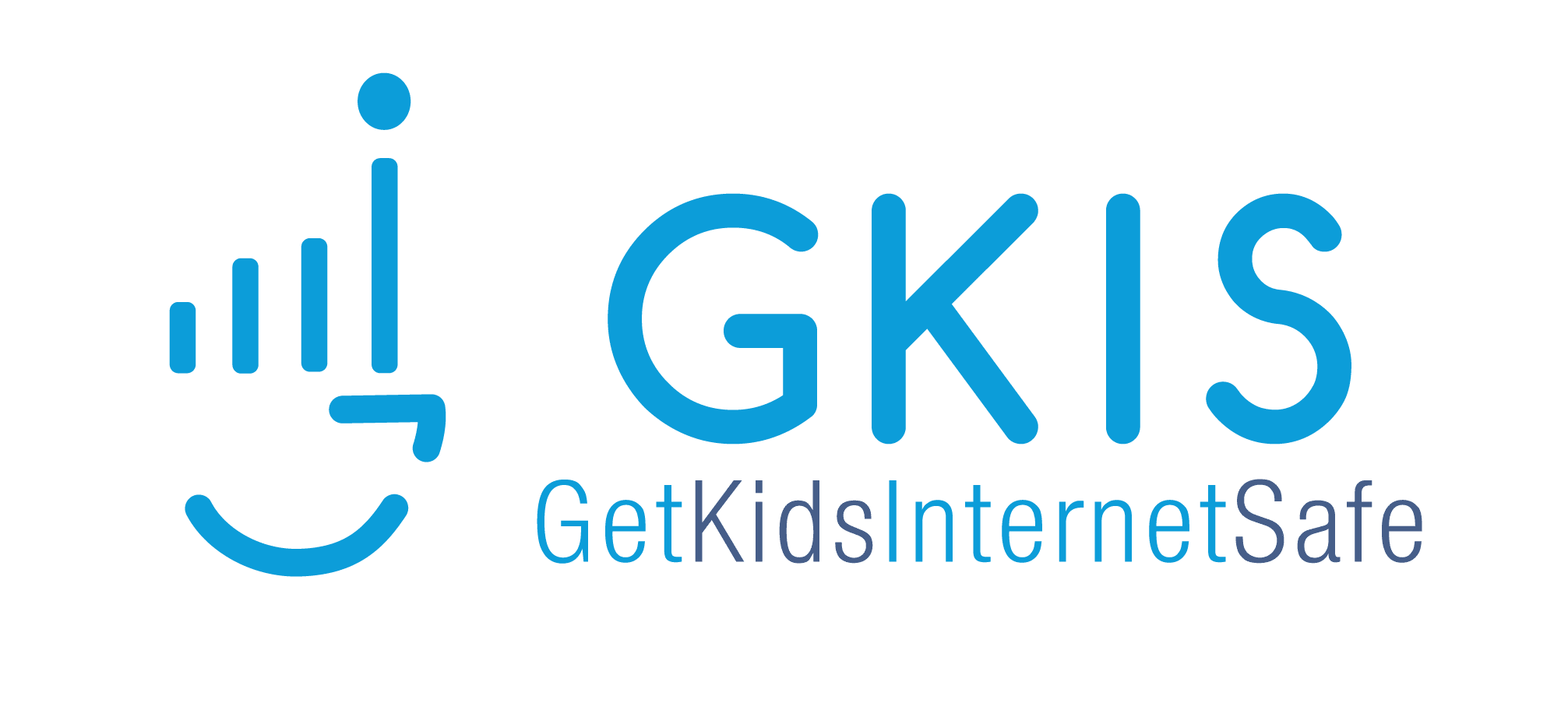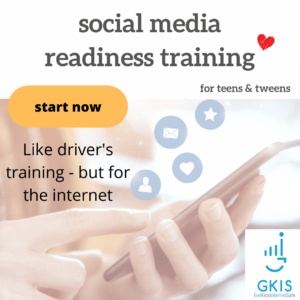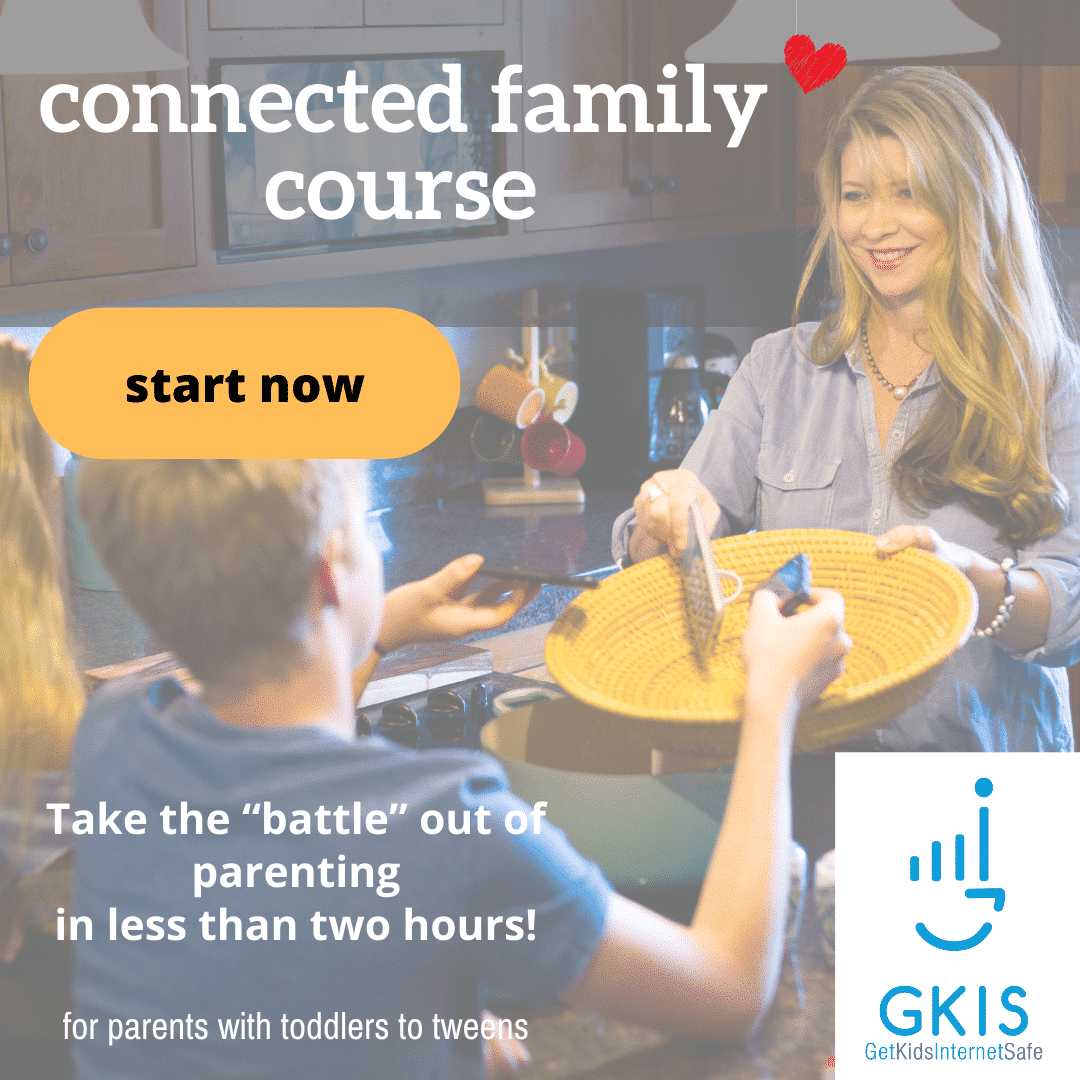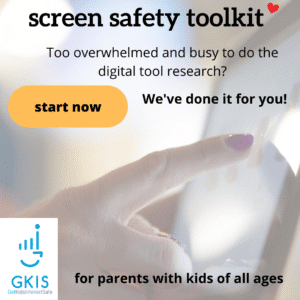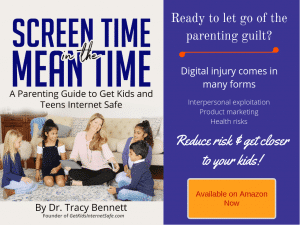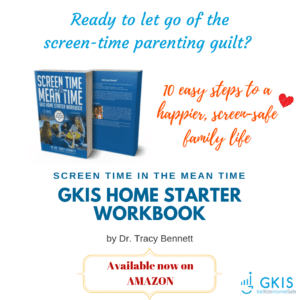
Once again, America is mourning and devastated from a tragic loss of innocent lives at the hands of a school shooter. Yesterday 19-year-old Nikolas Cruz shot and killed 17 students and injured 14 others at his former high school in Parkland, Florida. He’d been identified as a threat to other students and expelled last year. Buzz Feed reported that both his parents had died, and he was known as a loner who frequently posted about his obsession with guns on social media. He may be the same Nikolas Cruz who wrote on Ben Bennight’s YouTube vlogger site in September, “I’m going to be a professional school shooter.” The FBI conducted an interview with Bennight the day after he reported the comment and again reached out to him yesterday. In response to the tragedy, President Trump tweeted, “So many signs that the Florida Shooter was mentally disturbed, even expelled from school for bad and erratic behavior. Neighbors and classmates knew he was a big problem. Must always report such instances to authorities again and again!” He promised support to America’s children, saying “We are here for you. Whatever we can do to ease your pain.” What is going on and how do we stop it? What do these shooters have in common? What role does gun control, mental illness, online radicalization, first-person shooter video game play, politics, and parenting play as contributors to this violence?
Like all “experts,” I have pockets of advanced knowledge and gaping blind spots. No single authority can tell us how to fix this insidious and complicated issue. Many of us even hesitate to speak out, as we know we will be diluged with trollish insults and inflammatory arguments. But let’s face it. We all have to get braver and speak up. Children’s lives are on the line and our everyday safety has been compromised. I believe there are many factors at play, many of which we can change to positively impact child safety.
Schools
In over twenty years of being a mom and treating kids, families, and teachers, I’ve seen school resources and policies change. We’ve moved from swatting with a paddle, to expensive team treatment plans, to expelling problem students with “zero tolerance.” Class sizes are too big, behavioral issues have dramatically increased, teachers are overworked and underpaid, and administration is understaffed. With one counselor per school (if they’re lucky) and a few school psychologists per district, at-risk kids go unidentified and underserved. By the time these kids hit middle and high school, they are too often suspended, expelled, or sent for independent study in response to problem behavior. This leaves at-risk kids more isolated with fewer supportive resources when they most need it. They cry out lonely, rejected, and angry; left to play first-person shooter games for hours on end with a team of other self-selected assassins.
Where’s the funding for education?
Mental Illness
I’m a clinical psychologist. That means I have a Ph.D. and five years of post-graduate training for diagnostics and treatment. I often get referred the more challenging cases for treatment. Psychologists are the only mental health experts trained for standardized testing and assessment. We are diagnostic experts with powerful assessment tools at our disposal. Even with years of experience and expert abilities, our accuracy for predicting violence is poor. The number one factor for violence prediction is a history of violence. Yet, many school shooters do not have a criminal or violent history. FBI officials agree that taking a threat assessment perspective is best for detecting potential violence, but there is no crystal ball.
Furthermore, even if an at-risk individual is identified, cost-effective intervention is hard to come by. In 22 years of private practice, I’ve seen either no or negligible change in insurance reimbursement for mental health providers. As a result, to economically survive our higher insurance and overhead costs, many of us charge client’s out-of-pocket for treatment. This results in services unaffordable for many families in need, including military families.
Where’s insurance reform and funding for mental illness research, assessment, and intervention?
Inpatient Hospitals and Prison
Federal and state funding for the treatment of mental illness has not been priority since the closure of state hospitals during deinstitutionalization in the 1960s – 1990s. I was a staff psychologist at Camarillo State Hospital in 1996 when my adolescent male unit was the last to leave. I saw mental health treatment move from a state-of-the-art research and team treatment facility to community mental health. Although I believe the intent for more cost-effective treatment was a good one, a majority of our chronically mental ill transferred from the state hospital, to homelessness, to the costly churn of imprisonment. Our most vulnerable citizens have been left to wander cold and hungry relying on the generosity of churches, not unlike the mentally ill in the dark ages. The money did not follow them, nor did the treatment. Instead too many of our mentally ill are in county, state, and federal prisons who offer little treatment. In fact, many of these inmates are put in jail as a mercy booking, meaning they’re housed waiting for the availability for too few psychiatric beds in order to get shelter and food. Not only do they not get treatment, they are also among the most vulnerable for assault by violent inmates. We have more people in jail than any other industrialized country in the world. The enormous churn of Americans going in and out of the prison system is a subject of intense debate for good reason.
Where’s prison reform and funding for the chronically mentally ill?
Violent Video Games and the Internet
Screen use has transformed childhood in all the ways detailed in my book, Screen Time in the Mean Time: A Parent Guide to Get Kids and Teens Internet Safe. One such way is the potential to be radicalized online, as evidenced by the raging manifestos of school shooters Dylann Roof in Charleston and Elliot Rodger in Isla Vista. From this radicalization comes a desire to go “viral” and be famous on the Internet, often in response to being rejected in nonvirtual life. Further, anger and hate are too often fed by unmanaged violent video game play.
Ninety-seven percent of teens play video games and more than 85% of video games have violent content. As with all complex psychological phenomena, different effects happen in different situations with different people. Thus, issues like content, time spent playing, and player vulnerabilities due to family life or mental health must be taken into account when considering effect. This makes for messy factors to control for quality research and controversial opinions about the risks of violent video games. However, meta-analytic reviews of decades of psychological research have found that violent video games can cause aggressive behavior, aggressive thinking styles, and aggressive mood, as well as decreased empathy and prosocial behavior. That doesn’t mean all kids that play first-person shooter games will be violent, but it does raise serious concern about vulnerable kids and overall empathy and prosocial skills.
Where are the laws that protect kids? In response to video game players committing violence, several lawsuits have been filed by private citizens and class actions claiming that video game manufacturers were negligent by selling violent content that is harmful to children. However, few have succeeded due to first amendment rights claims and insufficient evidence related to flawed research methodology or correlational rather than causal research. City ordinances attempting to limit violent game play by unaccompanied minors in public places have also largely failed. Law professors and psychologists continue to argue that the evidence is too flimsy to make solid claims that video games cause mass violence, particularly considering the fact that despite widespread game play, the rate of juvenile violent crime is at a thirty-year low.
Where is legislation for technology risks and psychological research funding?
Limiting Access to Firearms
We can argue all day if it’s safer to have armed school personnel or limit access to firearms overall. But I think there’s one thing we can all agree on in the wake of another mass murder by a semi-automatic weapon. How is it possible that a troubled teen like Nikolas Cruz can legally obtain a semi-automatic AR-15 rifle and enough ammunition to murder so many of his classmates? And why, if President Trump is focusing on mental illness as a primary risk factor in school shootings, did he repeal an Obama-era regulation that would add the names of SSI-registered mentally ill people to a database for gun purchase and background checks?
It’s impossible to overlook that his campaign received $30 million in donations from the National Rifle Association (NRA), leading him to say at their 2017 annual convention, “Only one candidate in the general election came to speak to you, and that candidate is now the president of the United States, standing before you.” “You came through for me, and I am going to come through for you.” If President Trump genuinely believes mental illness plays a role here, then how is it that he’s not working for more sensible gun access laws rather than helping his rich friends get richer? If only the rich lobbyists are being represented by our law makers, than what about American citizens?
Where is campaign contribution reform and sensible firearm access legislation?

Clearly there are no easy answers in regard to violence prevention. There is no single school shooter profile and no single funding option or legislation that is going to stop it. But one thing President Trump and I agree on is that meaningful connection is at the heart of the solution. We need to prioritize and fund issues that impact America’s children. No child in the United States should be afraid to go to school and no parent should panic when they see a district phone call. Character building starts at home, and we need to step up and do even better. It’s time we work collaboratively and make some hard decisions to curb school violence.
To learn more strategies to overcome screen use risk, get my book Screen Time in the Mean Time: A Parenting Guide to Get Kids and Teens Internet Safe. If you like what you read, please leave an Amazon review. <3
I’m the mom psychologist who will help you GetYourKidsInternetSafe.
Onward to More Awesome Parenting,
Tracy S. Bennett, Ph.D.
Mom, Clinical Psychologist, CSUCI Adjunct Faculty
GetKidsInternetSafe.com
Photo Credits
Photo by Cel Lisboa on Unsplash
Photo by Danielle MacInnes on Unsplash
Don't worry, we will never spam you.
